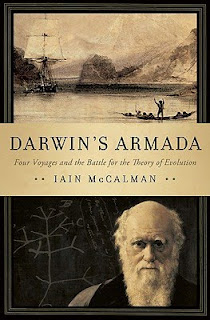
Construction on the Courthouse began in 1853 and on what was intended to become the territorial capitol. Initial plans called for “lime stone” though a letter written in 1853 by the Commissioners of Public Lands, noted “No building of like description or of like materials has ever been attempted here…[Yet] in May last when the Commissioners desired to commence the Masonry of the building not a single Stone Mason could be found in the Territory.” This dearth of qualified local masons led to the contractor “borrowing” soldiers from the US military, who did have experience with stone.

Like many other public structures around the United States in middle 1800s, the Courthouse is classic Greek Revival style. The rough cut limestone was quarried in the Sangre de Cristos mountains, about eight miles from Santa Fe, in what is now Hyde Memorial State Park. Quoins and lintels came from Cerrillos, about 20 miles southwest of Santa Fe. Wagons and pack animals provided the only means of transporting the stone. A lack of money and masons, as well as the advent of the Civil War, eventually conspired to halt construction.
Santa Fe’s Tertio-Millennial Celebration in 1883, which commemorated the city’s founding 333 years earlier, did lead to a temporary roof but further construction did not begin in earnest again until 1888. By this time competent masons had moved to Santa Fe and they finished the courthouse the following year. The building, however, never served its original purpose as a state house.
To reach the Courthouse, head north out of the Plaza on Lincoln Ave, which dead ends at the building. You can also see an addition, tacked on in 1929-1930. More information can be found in the following paper, which provided many of the details I used.

